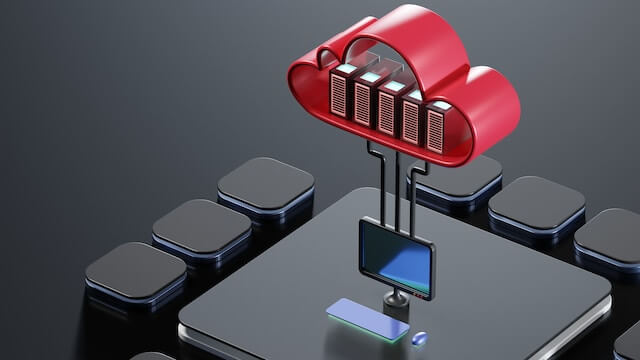
Gartner believes the ongoing epidemic and the proliferation of digital services are putting the cloud at the heart of new digital services.
No cloud strategy is the same as no business strategy," said Milind Govekar, distinguished vice president at Gartner. As enterprises implement 'cloud-first' policies for new workloads, their adoption of and interest in the public cloud continues unabated. The cloud has enabled new digital experiences, such as banks investing in mobile payment systems for startups, energy companies using the cloud to improve the retail experience for their customers, and automotive companies introducing new personalized services to ensure a secure and infotainment experience for their customers."
Global cloud revenues are estimated to grow to $474 billion in 2022, up from $408 billion in 2021, and Gartner analysts estimate that cloud revenues in the relevant enterprise IT markets will exceed non-cloud revenues in the coming years.
Cloud-native technologies will not only become a popular trend, but a common phenomenon
Gartner analysts say that by 2025, more than 85 percent of enterprise organizations will embrace cloud-first principles and will not be able to fully execute their digital strategies without using cloud-native architectures and technologies.

Digital or product teams that adopt cloud-native platforms will be able to fully leverage the capabilities inherent in cloud environments through architectural principles and capabilities," said Govekar. Deploying new workloads in cloud-native environments will not only become a popular trend, but a commonplace phenomenon, and any non-cloud technologies will become obsolete."
Gartner estimates that by 2025, more than 95 percent of new digital workloads will be deployed on cloud-native platforms, compared to 30 percent in 2021.
As operating models change, enterprise organizations will move to a product-driven operating model where the entire value stream of business and IT will have to be aligned to the product. This will create new roles and responsibilities, such as site reliability engineers, product managers, or communities of practice.
By 2025, the use of low-code and no-code technologies will be nearly three times greater than it is today
Application development will shift to application assembly and integration. Applications will be assembled and assembled by the teams that use them. says Govekar, "Technical and organizational silos for application development, automation, integration and governance will become a thing of the past, which will drive the growth of low-code application platforms (LCAPs) and citizen development."

By 2025, 70 percent of new applications developed by enterprise organizations will use low-code or no-code technologies, up from less than 25 percent in 2020. The growth of low-code application platforms (LCAPs) is driving the increase in citizen development, especially for business technologist functions. As non-IT personnel, business technologists are able to create technical or analytical functions for internal or external business use.
Connect Everywhere with SASE
The Secure Access Service Edge (SASE) in the cloud is showing the fastest growth trend in the network and cybersecurity market. Since most traffic from branch offices and edge computing locations does not enter the enterprise data center, CIOs and IT leaders will increasingly use SASE to secure users and devices for anytime, anywhere access needs.
Gartner estimates that end-user spending on SASE will increase to $6.8 billion in 2022, up from $4.8 billion in 2021. In addition, by 2025, more than 50 percent of enterprise organizations will have a clear SASE adoption strategy in place (compared to less than 5 percent in 2020).
Govekar said, "Rather than having one security department responsible for all departments, CIOs and IT leaders must assign security responsibilities to all departments, and should not have all traffic going to a central security appliance."
